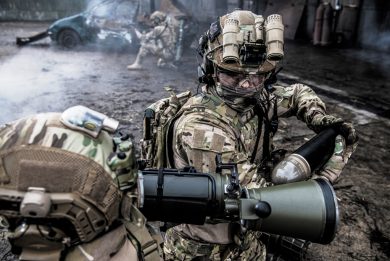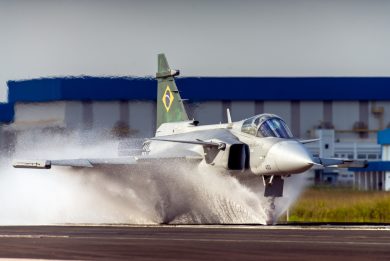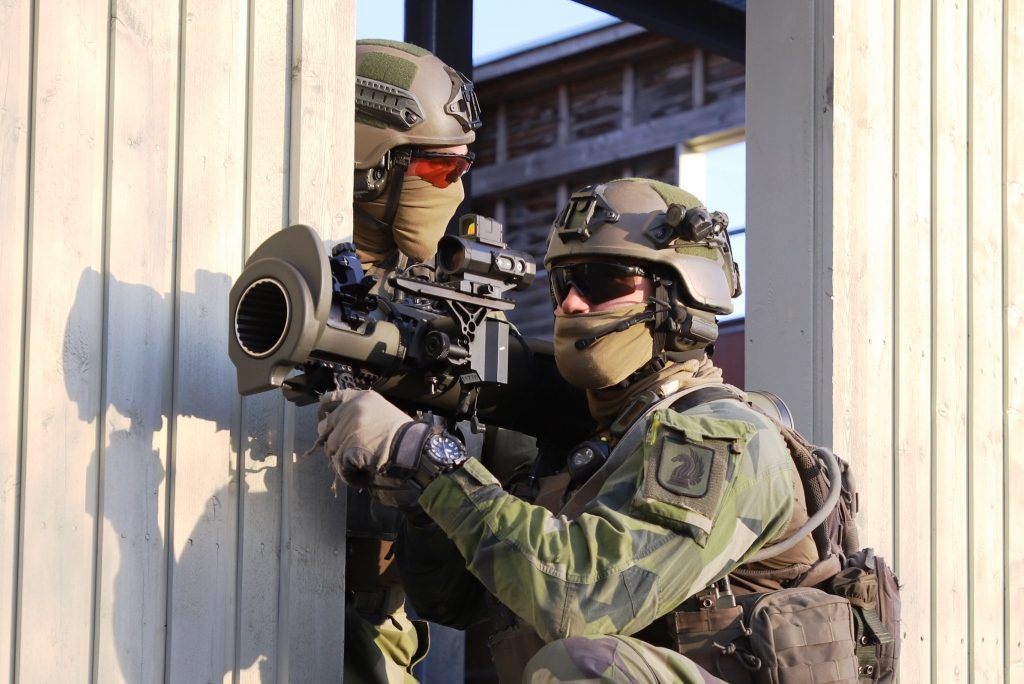
Carl-Gustaf M4: the weapon
It is not possible to write about a weapon system without starting from the weapon itself, although this is not new as its launch dates back to October 2014, at AUSA in Washington DC. Since then the Carl-Gustaf M4, the fourth generation version of the well known 84 mm recoilless gun developed around 1946 by the Royal Swedish Arms Administration and introduced into Swedish service in 1948 as the 8,4 cm Granatgevär m/48, and now part of Saab portfolio, has been adopted by 15 nations, overall around 50 nations using the various versions of the Carl-Gustaf.
Weight reduction was definitely one of the key issues in developing the new generation; looking at the Carl-Gustaf evolution the M2, the first export version, had a weight of 14.2 kg and was 1,130 mm long, the weight of the improved M3 was reduced to 10 kg and its length to 1,065 mm, finally coming to the 6.7 kg (without accessories) and less than 1 meter of the M4.
The adoption of a titanium layer for the barrel allowed a 1.1 kg saving, the new carbon fibre casing adding a further 0.8 kg reduction, while the new Venturi not only reduced the weight by 0.9 kg but also the length, bringing the M4 under the 1 meters mark, to cope with some Special Forces units requirement.
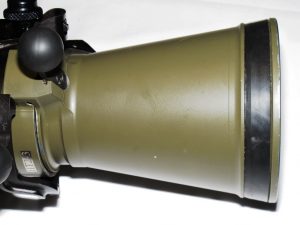
All those modification were done without compromising performances; the titanium layer permits to maintain a life of over 1,000 full calibre rounds, although Saab is considering extending it to 1,500 following a series of tests, while the Venturi cone at the rear of the barrel was completely redesigned, its wider angle providing the same recoil reduction of the M3. To ease logistics a shot counter was installed on the right side, at the back of the tube; it is fitted with an inductive surface that allows to easily transfer the number of full calibre rounds shot as well as other data such as weapon number, production batch, etc, on a computer at depot level.
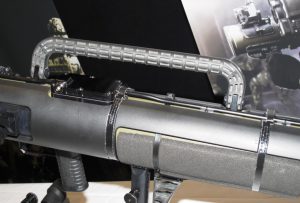
Length reduction was not the only modification aimed at improving ergonomy. On the Carl-Gustaf M4 the front handle and the shoulder rest are fitted to a Picatinny rail, and can therefore be moved back and forward to adapt the weapon to the soldier’s size. To allow the weapon to be carried loaded with the ammunition, a new additional safety was fitted to the loading rod. Carrying the M4 loaded with a round, the weight of current rounds ranging from the 2.7 kg of the ADM 401 and HE 448 to the 4.8 kg of the HEAT 655CS, the soldier needed to grab the handle according to the center of gravity, and therefore Saab designed a much longer handle.
When the Carl-Gustaf M4 was unveiled in 2014, it was underlined that it could be equipped with a communication system to make it a “smart” weapon, thanks to the adoption of new sights capable to improve accuracy and reduce the soldiers’ workload. Now the time has come and at the Ground Combat Demonstration 2022 it was possible to witness the M4 employed by soldiers using new sights and new ammunition that considerably increase the system effectiveness.
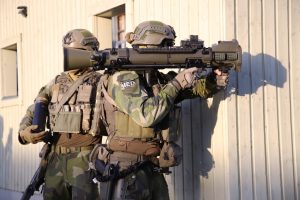
When using a smart sight and a smart round, the Firebolt protocol exploits the communication hardware infrastructure embedded in the weapon to allow the sight to receive the indication of the type of round, as well as the propellant charge’s temperature, then automatically calculate a firing solution from the sight’s ballistic table to increase accuracy. On the other hand the sight can send information to the round using the communication system, thereby ensuring a two-way dialogue and allowing the fuze to be set for the chosen mode e.g. airburst mode, the round’s interface with the system being ensured by a galvanic contact on the guiding pin.
Photos by P. Valpolini

